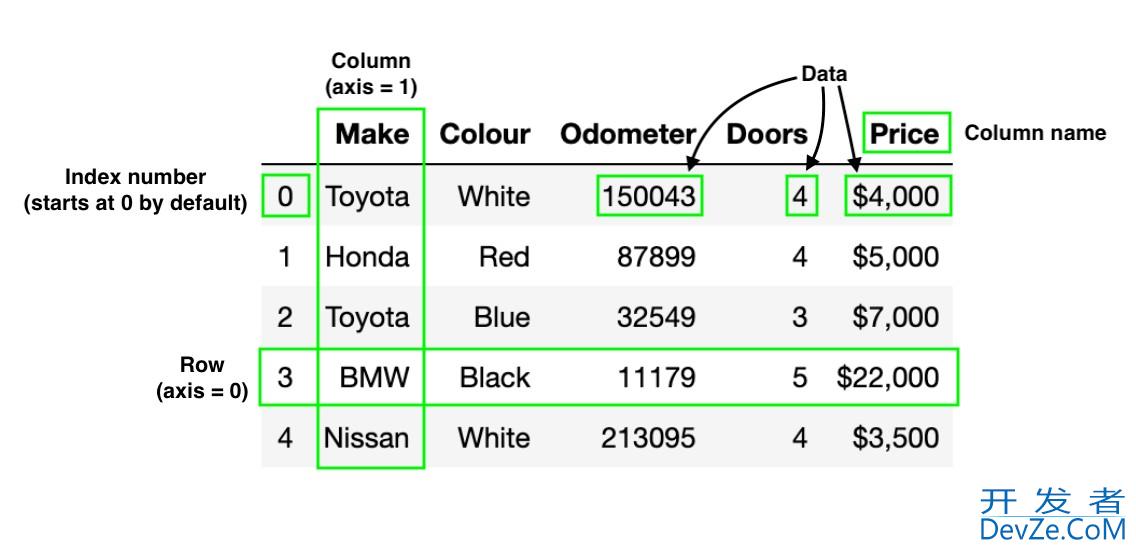目录1. 问题描述2. 问题分析3. 算法思路4. 代码实现总结1. 问题描述 给你一个有序数组 nums ,请你 原地 删除重复出现的元素,使得出现次数超过两次的元素只出现两次 ,返回删除后数组的新

目录1.concat():沿轴拼接多个DataFrame参数关键点代码示例2.merge():基于键值合并(类似SQL JOIN)参数关键点代码示例3.join():基于索引快速连接参数关键点代码示例4.combine_first():填充缺失值代码示例性能与场
目录1. 基础概念速览2. 最小可运行示例:async编程客栈/await+asyncio.run3. 并发执行:create_task、gather、as_completed4. 超时控制与取消:wait_for、asyncio.timeout、Task.cancel5. 限流与同步原语:Semaphore
目录一、前言二、项目环境三、项目结构四、第一步:构建界面五、第二步:添加键盘输入支持六、第三步:改进计算逻辑七、第四步:美化界面八、第五步:项目打包九、扩展思路十、总结一、前言
目录一、音乐与编程的奇妙共鸣二、自然大调的数学密码1. 十二平均律的python实现2. 音程关系的可视化3. 构建大调音阶生成器三、钢琴结构的数字建模1. 钢琴弦振动模拟2. 键盘布局的矩阵表示3. 力度响应曲线建模四、循

目录基本知识基本思路步骤1、前端配置好tinymce富文本编辑器2、获取富文本编辑器的内容,并发送至后端3、后端在数据库创建表4、后端编写接收富文本内容的接口总结基本知识

目录问题描述解决办法总结问题描述 没有发现测试/空套件 javascript &n编程客栈bsp;

pip安装pyspark报错 python版本:Python 2.7.14 执行命令:pip install pyspark 报错 :return base64.b64encode(b).decode("ascii") MemoryError

目录游戏规则实现代码游戏规则 这是一个单人钻石棋游戏,游戏中有两种颜色的棋子:红色和绿色。每个玩家在游戏进行中轮流选择一个空格,并在该空格上放置自己的棋子。游戏的目的是尽可能地连成一条长的直线,使该直线

Sublime Text 3是一个非常好的代码编辑器。因为它的性感高亮代码配色,也因为它的体积小。但是它默认不支持GBK的编码格式,因此打开GBK代码文件,如果其中有中文的话,就会显示乱码:
精彩评论